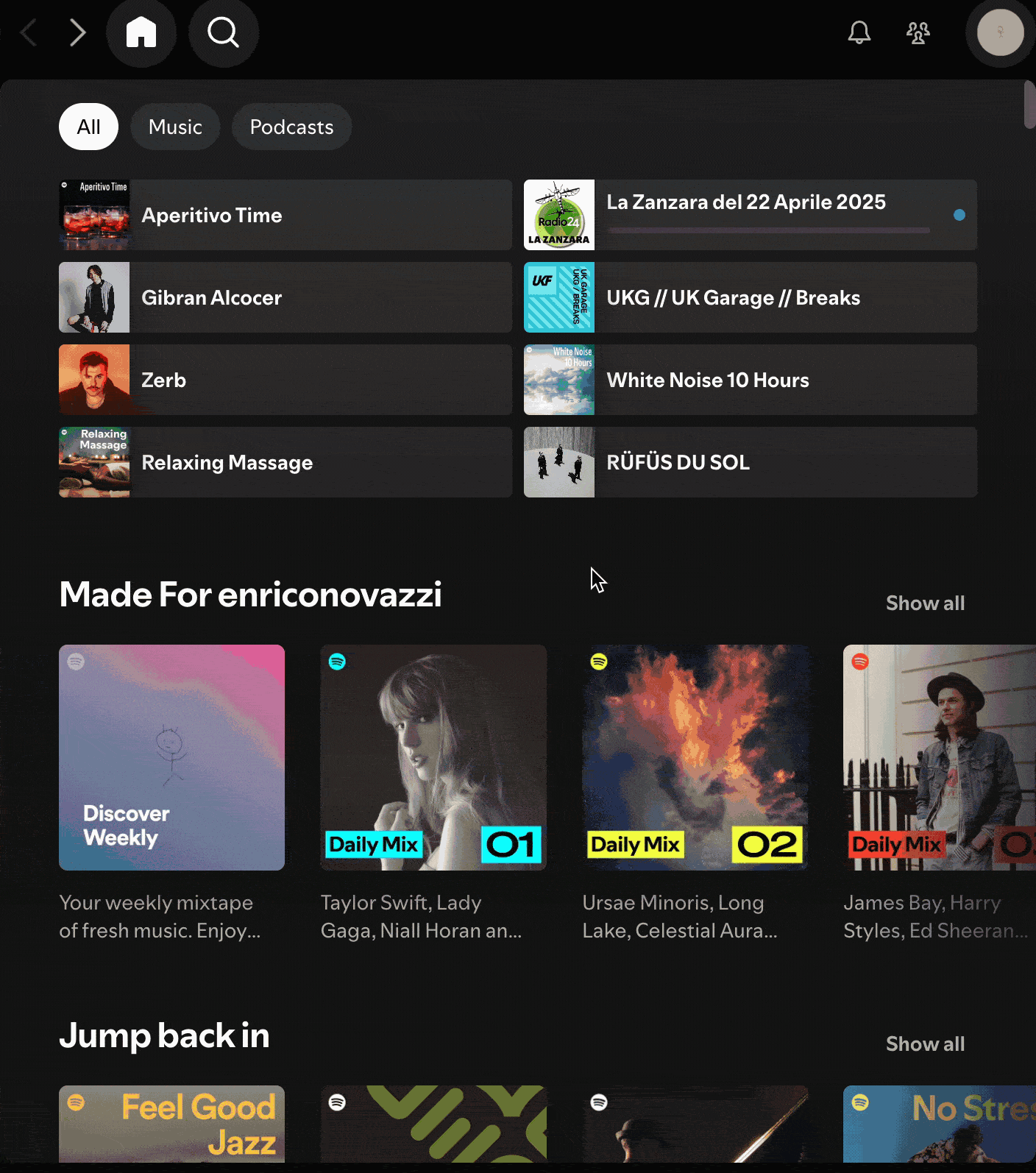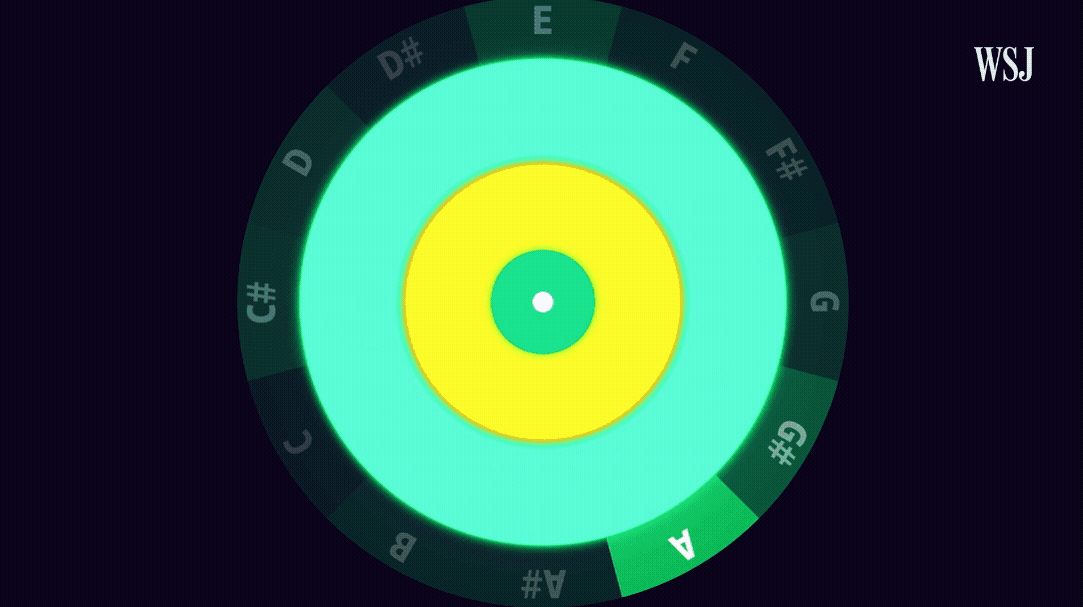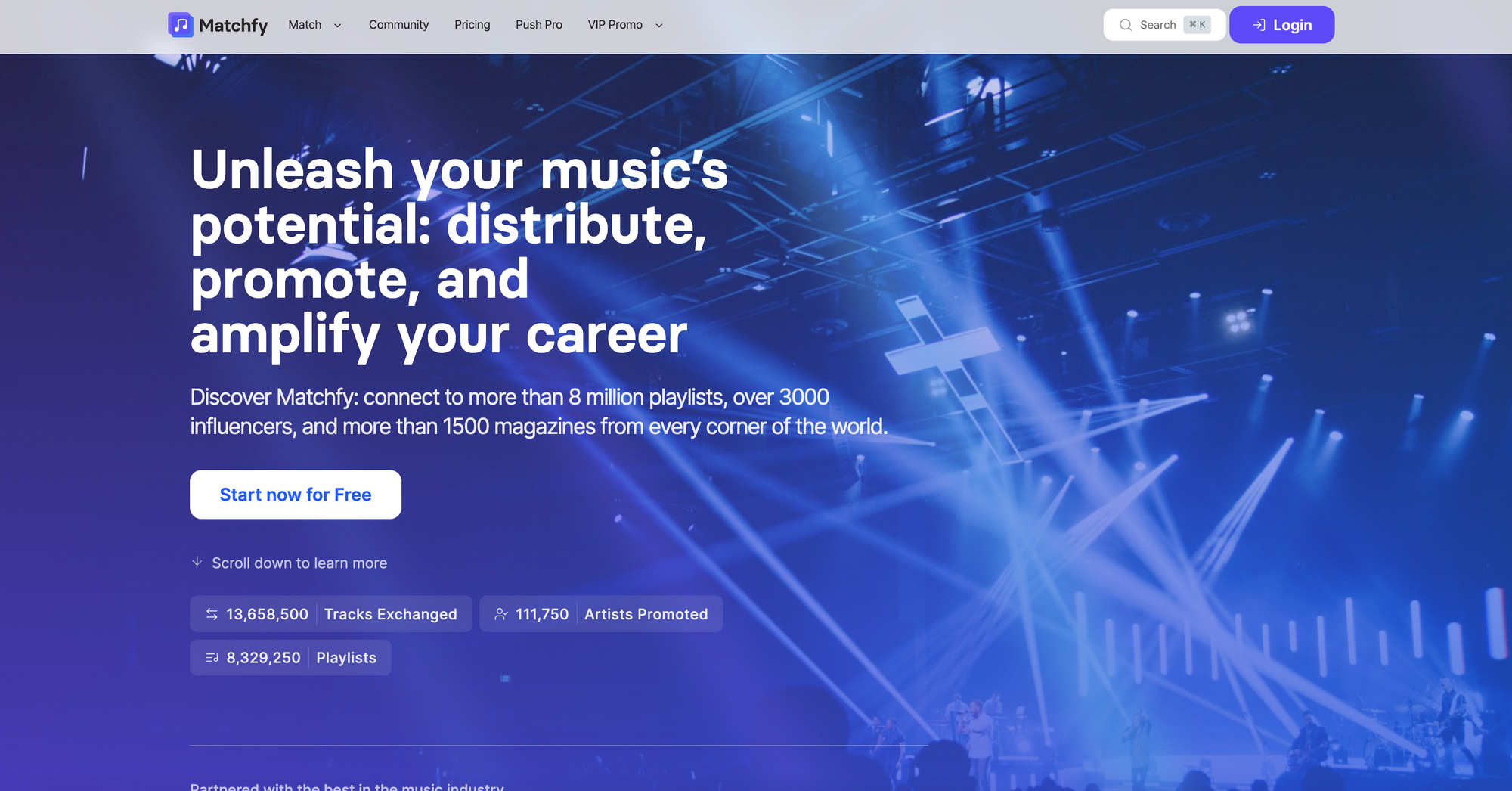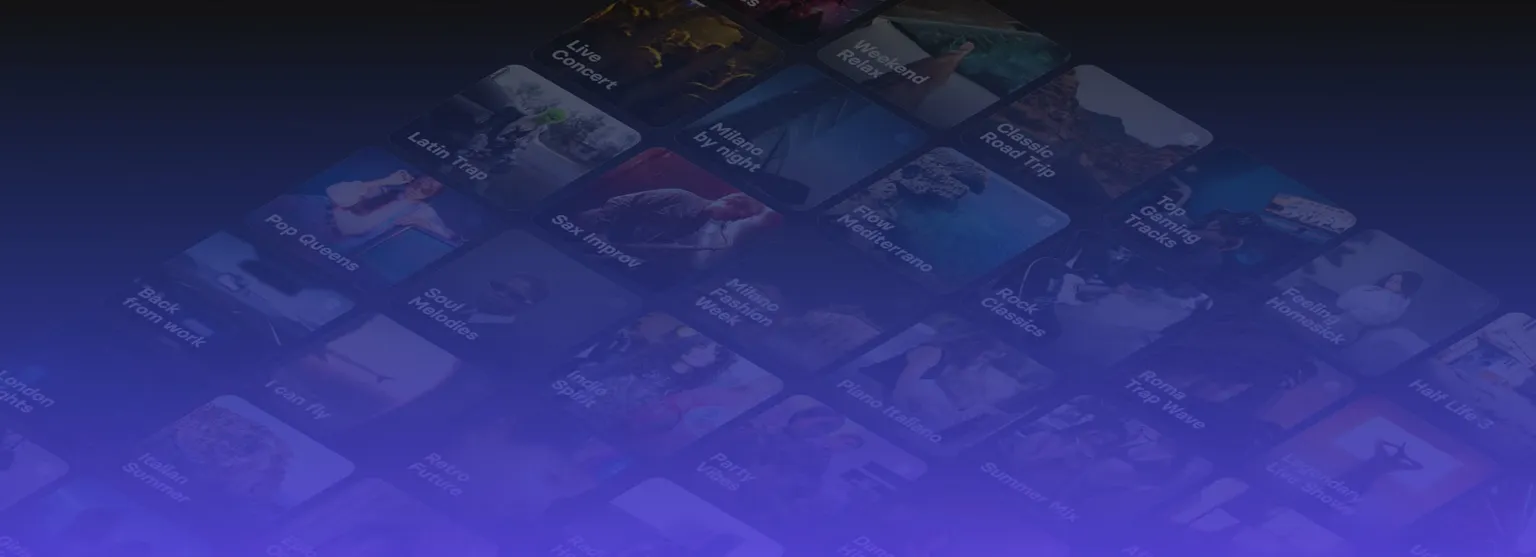
The Spotify algorithm in 2025 is a powerhouse of artificial intelligence, machine learning, and data analysis, shaping the music-listening experience for over 675 million monthly active users.
For listeners, it curates personalized playlists like Discover Weekly and Release Radar, while for artists, it’s a gateway to reaching new audiences. Understanding how this algorithm works is crucial for musicians aiming to boost their streams and for fans curious about how Spotify seems to “know” their taste.
We have already written an article before about how the Spotify algorithm works, but to day we’ll break down its mechanics, its key components, and actionable tips for artists to optimize their visibility in 2025.

What is the Spotify algorithm?
At its core, the Spotify algorithm is an AI-driven recommendation system called BaRT (Bandits for Recommendations as Treatments). It analyzes user behavior, song characteristics, and cultural trends to deliver hyper-personalized music suggestions. The algorithm powers features like:
- Personalized playlists: Discover Weekly, Release Radar, Daily Mixes, and Daylist.
- Autoplay: Seamlessly queuing similar tracks after a song or album ends.
- Home page recommendations: Tailored artist, album, and playlist suggestions.
- Radio and search: Suggesting songs based on genres, moods, or related artists.

Many artists are still convinced that getting into a few big playlists with lots of followers is the key to boosting streams and the algorithm. Nothing could be more wrong!
In 2025, Spotify’s algorithm prioritizes engagement metrics over raw stream counts, focusing on listener retention, save rates, and playlist additions. This “quality-first” approach rewards tracks that resonate deeply with audiences, making it essential for artists to understand its inner workings.
That's why at Matchfy we give you the opportunity to submit your music to unlimited playlists, so you can boost your algorithm.
How does the Spotify algorithm work in 2025?
Spotify’s recommendation engine relies on three main pillars: Collaborative Filtering, Natural Language Processing (NLP), and Audio Analysis, enhanced by deep learning and user engagement data. Here’s how each component contributes:
Collaborative filtering: connecting users and songs
Collaborative filtering is the backbone of Spotify’s recommendations, mapping relationships between users and tracks based on shared listening habits. It operates in two ways:
- User-User collaborative filtering: If two users frequently listen to similar artists or genres, Spotify assumes their tastes align. For example, if User A loves Taylor Swift and User B shares that preference, songs User B enjoys might be recommended to User A.
- Item-Item collaborative filtering: This focuses on song relationships. If many users play Song X alongside Song Y, the algorithm links them, recommending Song Y to listeners of Song X.
This method ensures recommendations feel intuitive, as it leverages collective user behavior to predict individual preferences.

Natural Language Processing (NLP): understanding context
NLP allows Spotify to analyze text-based data surrounding music, such as:
- Lyrics and metadata: Spotify scans song lyrics for themes, emotions, or moods (e.g., upbeat, melancholic). It also examines metadata like artist name, song title, genre, and release date to categorize tracks accurately.
- Web scraping: The algorithm monitors music blogs, social media posts, and artist interviews to gauge cultural relevance and trending genres. For instance, if an artist is frequently mentioned on X or music review sites, their tracks may gain algorithmic favor.
- User-Generated Content: Playlist titles (e.g., “Chill Vibes” or “Sad Bops”) and listener sentiments online help Spotify classify songs by mood or context.
NLP ensures that recommendations align with both musical and cultural contexts, making them more relevant, and it perfectly aligns with the Matchfy promotion model: offering 360° promotion that works with the Spotify algorithm — influencer promotion, magazine promotion, radio promotion, and matching with unlimited private UGC playlists targeted by genre, mood, and niche to index and optimize your profile.
Audio analysis: decoding song characteristics
Spotify’s acquisition of The Echo Nest in 2014 revolutionized its ability to analyze raw audio data. The algorithm evaluates tracks based on:
- Acoustic features: Tempo, key, time signature, loudness, and beats per minute (BPM).
- Music theory metrics: Danceability, energy, and valence (emotional positivity or negativity). For example, Bruno Mars’ “When I Was Your Man” is classified as moody with low energy but high danceability.
- Audio fingerprinting: Identifying similarities between tracks based on sonic qualities, recommending songs with comparable vibes.
This analysis allows Spotify to recommend tracks that sonically match a user’s preferences, even if they’re from lesser-known artists.

Engagement metrics: the key to algorithmic success
In 2025, Spotify’s algorithm heavily weighs listener engagement to determine a track’s recommendation potential. Key metrics include:
- Stream-to-Listener ratio: Tracks with high repeat listens from the same users signal strong engagement.
- Skip rate: Songs skipped within the first 30 seconds are less likely to be recommended, while those listened to fully gain favor. Remember that 50% of all the songs are not streamed more than 10 times a year for this reason.
- Save rate and playlist additions: When users save a track to their library or add it to personal playlists, it boosts the song’s algorithmic ranking.
- Shares and social interaction: Sharing tracks on social platforms like Instagram or X signals popularity and increases visibility.
These metrics emphasize quality over quantity, meaning a track with 1,000 engaged listeners can outperform one with 10,000 passive streams.
Deep learning and AI enhancements
Spotify’s algorithm uses deep learning models, such as convolutional neural networks, to process vast datasets and refine recommendations over time. The more a user interacts with the platform—streaming, liking, skipping, or creating playlists—the smarter the algorithm becomes.
In 2025, features like the Spotify AI Playlist Generator allow users to create custom playlists based on prompts like “synthpop for a rainy day,” further personalizing the experience.
How artists can optimize for the Spotify algorithm in 2025
For independent musicians, cracking the Spotify algorithm is a game-changer for visibility. Here are seven SEO-friendly tips to increase your chances of landing on algorithmic playlists like Discover Weekly or Release Radar:
- Optimize metadata: Include accurate, genre-specific keywords in your track titles, artist profile, and song descriptions. For example, an electronic artist might use terms like “ambient techno” or “chill beats” to improve discoverability. A 2025 case study showed a 64% increase in search visibility with strategic metadata.
- Focus on engagement: Encourage fans to save, share, and add your tracks to their playlists. High save rates and low skip rates signal quality to the algorithm.
- Leverage pre-save campaigns: Pre-saving tracks before release boosts initial engagement, signaling momentum to Spotify. Promote pre-saves via social media and your Spotify profile. We've written a complete guide on how to create a pre-save link: how to create a pre-save link for your release
- Target Mid-Week releases: While Friday releases are standard, mid-week drops (Tuesday or Wednesday) help independent artists avoid the Friday content flood, increasing early engagement.
- Pitch to playlists: Submit your tracks to independent curators and genre-specific playlists via Matchfy. Landing on smaller playlists can snowball into algorithmic playlist inclusion.
- Promote on social media: Create buzz on platforms like X, TikTok, or Instagram to drive streams and social shares. The algorithm notices external traction, especially in the first 24 hours post-release.
- Maintain an active profile: Regularly update your Spotify artist profile with a detailed bio, social links, upcoming shows, and merchandise. An active profile signals professionalism to the algorithm.

Challenges and criticisms of the Spotify algorithm in 2025
While Spotify’s algorithm excels at personalization, it’s not without flaws:
- Favoring familiarity: The algorithm often prioritizes familiar genres and artists, making it harder for niche or experimental tracks to break through.
- Declining organic reach: Independent artists face higher acquisition costs for promotions, as algorithmic streams are harder to trigger without label-backed campaigns.
- Risk of AI-Generated Content: Critics argue Spotify’s focus on playlists over artists could pave the way for AI-generated music, reducing royalties for human creators.
Despite these challenges, the algorithm remains a powerful tool for discovery when leveraged strategically.
Conclusion: mastering the Spotify algorithm in 2025
The Spotify algorithm in 2025 is a sophisticated blend of collaborative filtering, NLP, audio analysis, and engagement-driven AI. For listeners, it creates a seamless, personalized experience, while for artists, it offers a pathway to global reach—if navigated wisely. By optimizing metadata, prioritizing engagement, and leveraging strategic promotions, musicians can boost their chances of algorithmic success. Stay active, experiment with your sound, and engage your audience to make the algorithm work for you.
Want to dive deeper into music promotion? Check out Matchfy.io and boost your streams with tailored 360° music promotion aligned with the Spotify algorithm.

